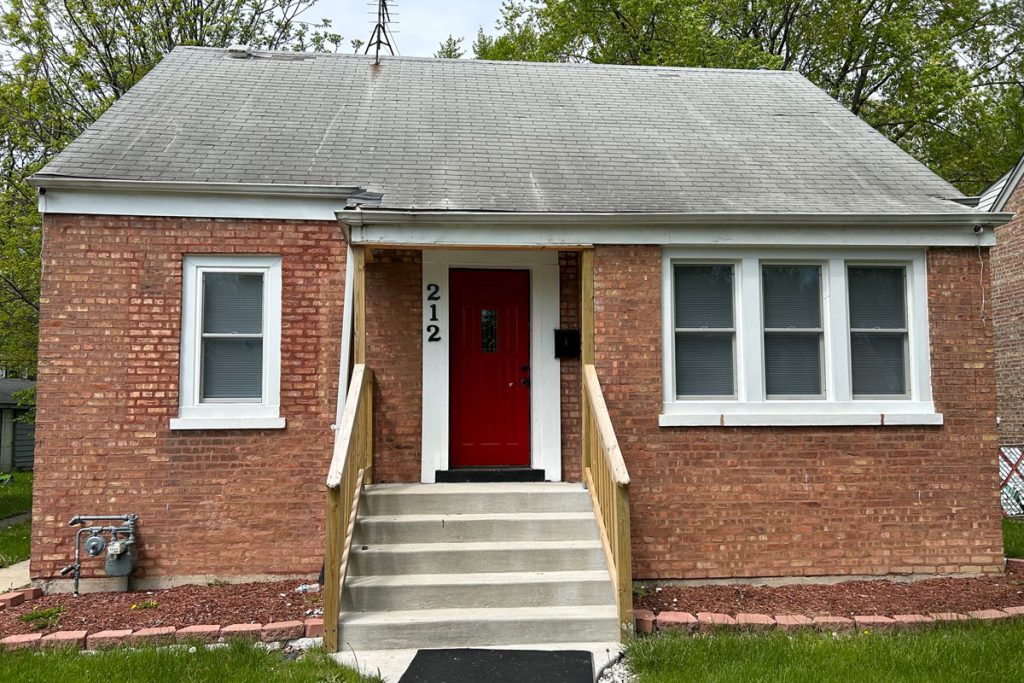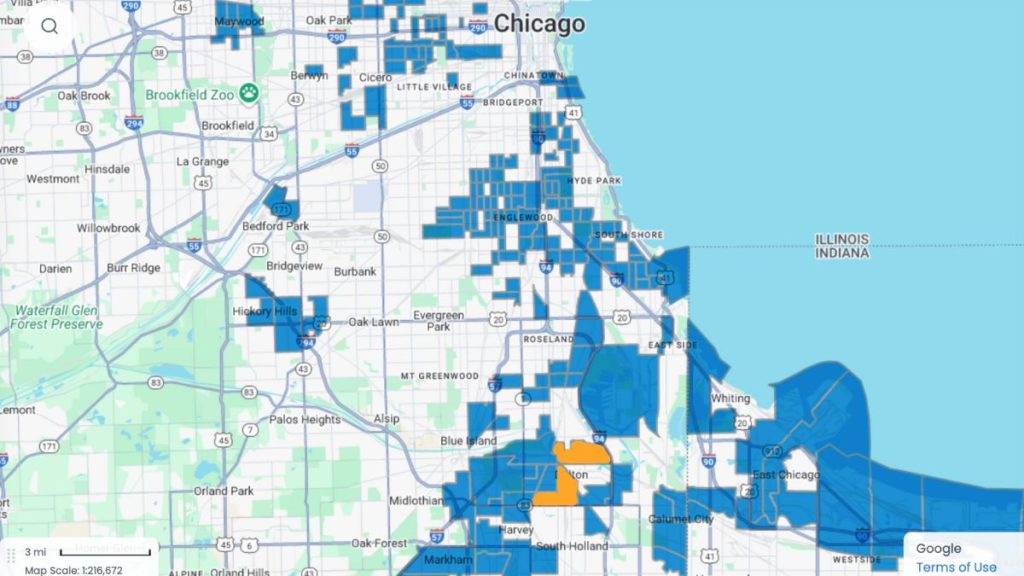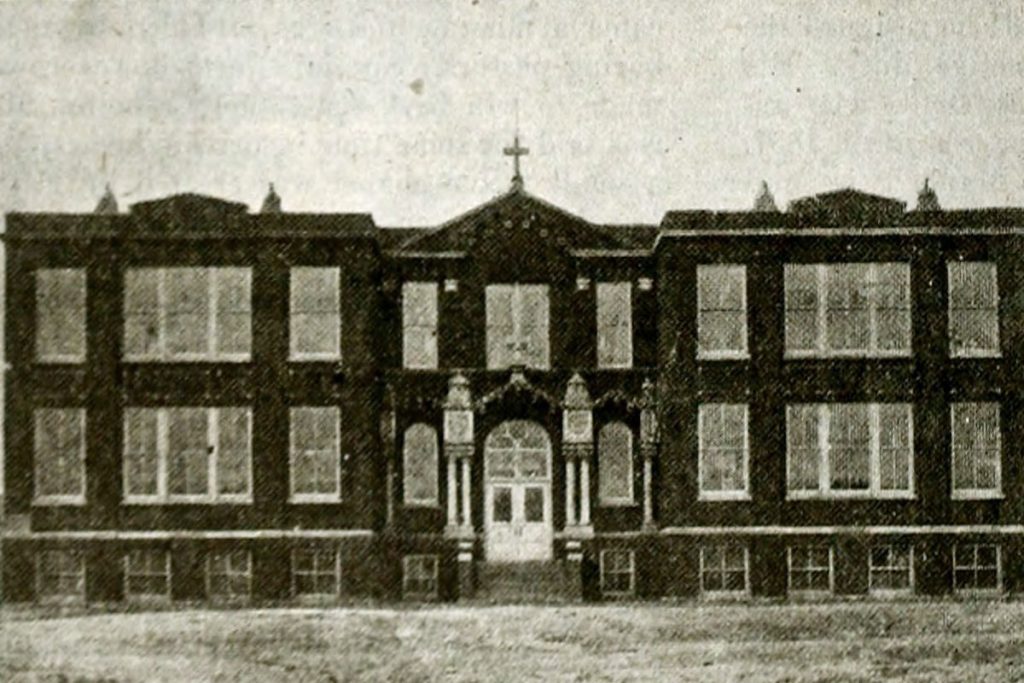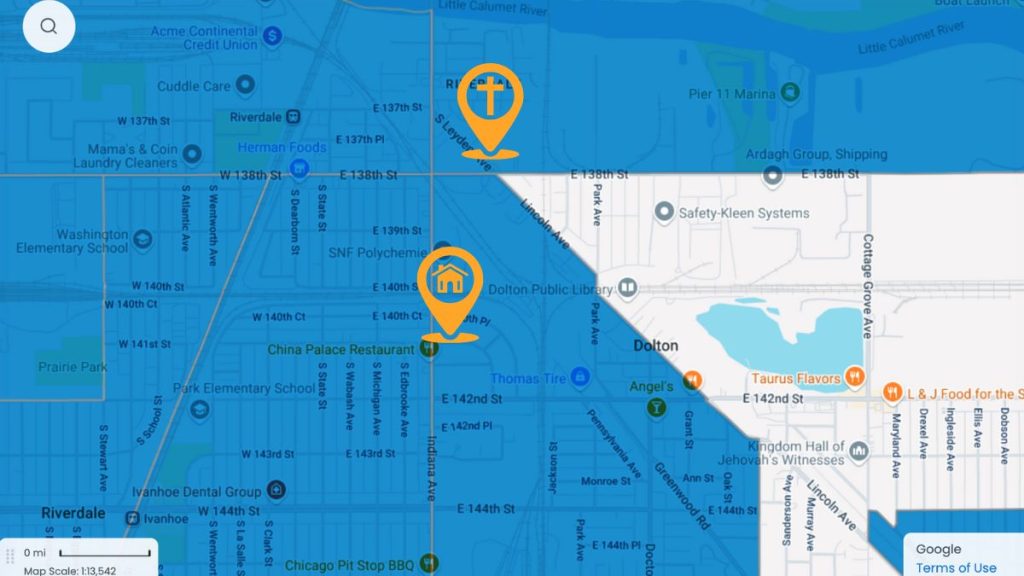OZ Pitch Day On-Demand
Pope Leo XIV’s Boyhood Home Is In An Opportunity Zone
Before he was Pope Leo XIV, leader of 1.3 billion Catholics worldwide, he was simply “Bobby” — a boy growing up in a modest brick home in Dolton, Illinois — a neighborhood now designated for economic renewal under America’s Opportunity Zone program.
His journey from the Far South Side of Chicago to the throne of St. Peter is more than a story of faith and service. It’s also a poignant reflection of communities struggling for reinvestment — and a reminder that potential greatness often emerges from places that were once thriving but have since faced decades of disinvestment and decline.
Pope Leo XIV’s Humble Beginning in Chicago’s Far South Side
Pope Leo XIV was born Robert Francis Prevost on September 14, 1955, in Chicago. At the time of his birth, his parents, Louis and Mildred Prevost, and brothers Lou and John were already living in a modest brick home at 212 East 141st Place in Dolton, Illinois, which they had purchased in 1949. The 1,200-square-foot house was where the future pope and his brothers were raised in a Catholic, working-class household.


The neighborhood, which thrived during the mid-century as a haven for blue-collar Catholic families, has since seen decades of economic decline. Today, it is part of Census Tract 17031826500, designated by the U.S. Department of the Treasury as an Opportunity Zone under the 2017 Tax Cuts and Jobs Act.
Opportunity Zones offer tax incentives to investors who deploy capital into long-term projects within these distressed communities. In Dolton’s case, the poverty rate exceeds 33%, and the median household income sits below $40,000 — stark indicators of economic hardship and a rationale for federal support.
Following Pope Leo XIV’s election on May 8, 2025, the house was pulled from the market after a flurry of interest. Its owner reportedly received several offers, and local leaders began to consider whether the property should be preserved as a historical site or transformed into a community museum.
St. Mary of the Assumption: Pope Leo XIV’s Spiritual and Educational Anchor
Just north of Dolton, in the Riverdale neighborhood of Chicago, stands the now-vacant St. Mary of the Assumption Church and School, where young Robert attended grade school, sang in the choir, and served as an altar boy. The parish was established in 1886 to serve the growing Catholic population of Far South Side Chicago.

The school provided a rigorous Catholic education that deeply shaped Robert’s intellectual and spiritual formation. The current church building, a brick-and-limestone structure completed in 1957, served as a beacon for the neighborhood until it closed in 2011 due to declining membership and demographic shifts.
The church campus sits in Census Tract 17031540101, another federally designated Opportunity Zone. Like Dolton, Riverdale has seen prolonged disinvestment, with high poverty levels and aging infrastructure. The presence of such a culturally significant property within this zone presents a unique redevelopment opportunity — one that blends community service with preservation.

Joe Hall, the current owner of the St. Mary’s property, has expressed interest in repurposing the campus as a community hub, potentially including a food pantry named in honor of Pope Leo XIV. With the added visibility and potential for Opportunity Zone capital, his vision may soon gain traction.
What Are Opportunity Zones?
Opportunity Zones are a federal initiative launched in 2018 to attract investment in low-income communities. Investors can receive capital gains tax deferrals, reductions, and exclusions when they invest in Qualified Opportunity Funds (QOFs) targeting these areas.
In Cook County alone, there are 181 Opportunity Zones. The program is designed not only to spur real estate development but also to encourage job creation, small business growth, and social infrastructure investments — goals that align with many faith-based and community-oriented missions.
The tracts that include Pope Leo XIV’s home and school both rank among the most economically distressed in the state. Their inclusion in the program highlights just how far these neighborhoods have fallen since mid-century — and how urgent the need for thoughtful reinvestment has become.
A Moment of Global Recognition — and Local Opportunity
The election of Pope Leo XIV has brought global attention to places few outside Chicagoland had heard of. But for the people of Dolton and Riverdale, it has become a moment of pride, inspiration, and perhaps renewed hope.
According to OpportunityZones.com, the census tracts where the home and church are located show:
- Poverty rates above 30%
- Median household incomes roughly 50% below state average
- Homeownership and employment rates lagging well behind national benchmarks
No major Opportunity Zone projects have yet broken ground in these specific tracts. However, the increased visibility of these sites could attract impact-minded developers, religious organizations, or philanthropic funds seeking to align mission with capital.
The Legacy and the Challenge
It’s rare that a pope’s personal history so closely intersects with modern public policy. The overlap of Pope Leo XIV’s early life and America’s Opportunity Zone initiative is a powerful reminder of how once-thriving communities can fall into hardship — and how renewed attention and investment might help them rise again.
As these neighborhoods seek economic rebirth, the story of their most famous former resident offers a powerful narrative of hope. If Opportunity Zone investments can be directed not just to maximize returns but to honor community identity, then the places that shaped Pope Leo XIV might experience their own kind of resurrection.
